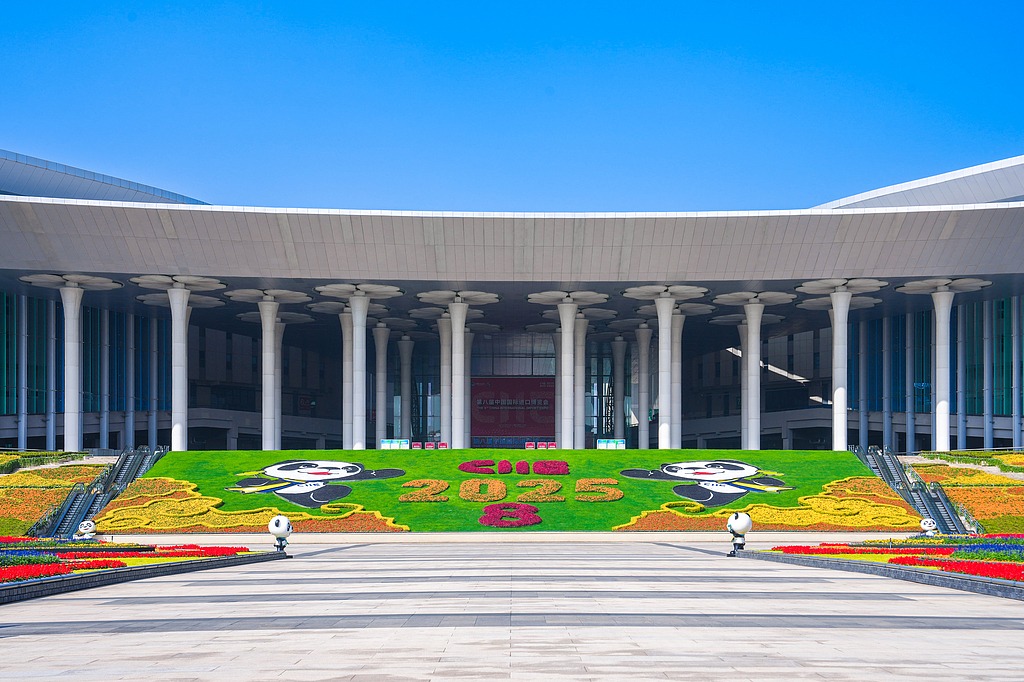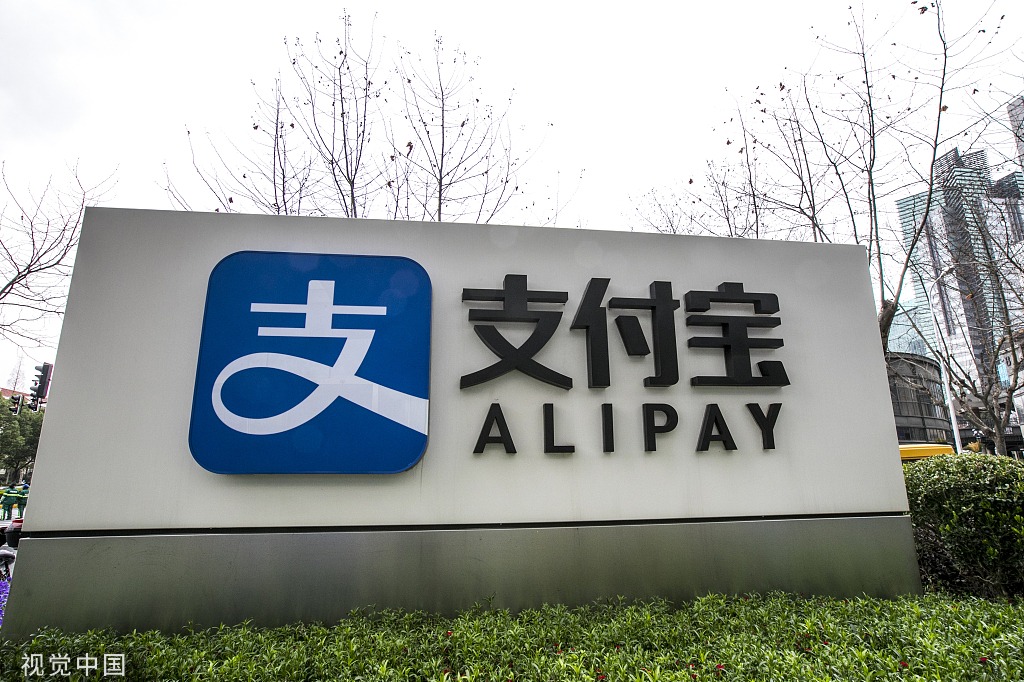Securing robust financial markets for growth in emerging Asia


Twenty years after the Asian financial crisis resulted in the region’s greatest economic dislocation, two lessons from that episode continue to resonate. The first is the crisis largely reflected vulnerability resulting from flows of easy money into — and eventually out of — the region, rather than being triggered by domestic financing imbalances from excessive fiscal spending. Secondly, the predominantly bank-based nature of finance throughout the region exacerbated the crisis. Most importantly, financing, both in terms of mobilization and structuring, remains a critical factor in the region’s development.
Addressing the large infrastructure gap remains an important development challenge. Getting the financing right, both in terms of mobilization and structuring, is paramount to address investment. Furthermore, capital markets represent the most viable solution for infrastructure development, both as an enabler of long-term financing to match the prolonged gestation periods of infrastructure projects and as a source of financial stability by way of providing a better balance between bank and non-bank financing in emerging Asian economies.
Why Capital Markets?
From a supply-side perspective, capital and particularly bond market development plays to Asia’s comparative strengths — namely its relatively high levels of savings. For example, the ratio of savings to gross domestic product in the two Asian giants, the People’s Republic of China and India, stands at 50 and 30 percent, respectively.
From the demand side, emerging Asia still faces important infrastructure bottlenecks. The Asian Development Bank estimates that Asia’s infrastructure requirements will reach $26 trillion by 2030. Many of these projects will require long-term financing to meet long-term gestation costs. Combining the supply- and demand-side perspectives, it becomes apparent bond market development represents the flip side of the coin of infrastructure financing.
How to Develop Capital Markets?
Capital market reforms should focus on three key areas. First, in targeting market facilitation, regulatory institutions need to be strengthened through better prudential standards that enhance their market development role. For example, governments should empower securities and exchange commissions to enforce prudential norms and establish effective listing requirements to strengthen corporate governance and inspire confidence in the market.
Second, on the demand side, a list of key reforms would include supporting the development of the mutual funds industry, strengthening accounting standards and leveling the playing field in terms of taxation between bond and equity markets, and more broadly between capital markets and the banking system.
Third, government should target the supply side through the listing of quality shares by improving initial public offering procedures and making sure that state enterprises can be effectively divested in a transparent manner through stock market listings.
A Role for Public–Private Partnerships
Another way of stoking Asia’s capital markets to finance infrastructure is to more actively promote public-private partnerships. Asia-Pacific economies look to the private sector to provide much-needed investment for infrastructure development. Not only does private investment address infrastructure shortage, it helps maintain sustainable public debt levels. A great deal of private infrastructure development takes place through PPP structures, so a conducive PPP framework is essential to finance long-term investment through capital markets. It would allow risk-sharing between the public sector, which has a greater risk appetite, and the private sector which has finance and expertise. Under certain conditions, a well-designed PPP framework can increase the likelihood of projects being delivered faster and on budget.
In addition to concession agreements and structuring support, governments could invest in promoting the creation of viability gap funding — a form of subsidy that at the margin can make the difference in securing funds for a PPP project with significant social benefits. In many of the frontier markets in Asia, PPP arrangements are the only means for the private sector to invest in an economy, since the associated risks are deemed to be too high in the absence of a partnership with the public sector.
ADB is strongly committed to continued support for financial market development. To address asset-liability mismatches from the currency side, ADB is increasingly issuing local currency “linker” bonds, which are denominated in local currency and settled in US dollars, in selected member economies. In India, so-called “masala bonds” have recently been issued in rupees, showcasing the appetite for this form of financing. To support mobilization of long-term financing for infrastructure development and growth, we continue to encourage policymakers to adopt long-term policies to broaden and diversify the domestic investor base by strengthening domestic non-bank financial institutions, such as life insurance companies, pension funds and mutual funds.
Finally, given emerging Asia’s vulnerability to climate change, we are promoting green finance and green bonds for infrastructure development with the aim of assisting members in financing their transition to low-carbon economies. A great amount of work has been undertaken through the ADB-supported ASEAN+3 Bond Market Initiative. with a focus on the development of local currency bond markets to meet long-term financing needs and the promotion of regional financial integration. ASEAN+3 comprises the 10 members of the Association of Southeast Asian Nations plus the People’s Republic of China, Japan, and the Republic of Korea, and lessons from this initiative in member economies will be applied to support other ADB members. We are confident these investments in reforms, including the development of capital markets and the fostering of PPPs, will facilitate private investment and achieve a win-win outcome for both the public and private sectors, leading to a more resilient and prosperous Asia.
Wencai Zhang is a vice president at the Asian Development Bank.


































